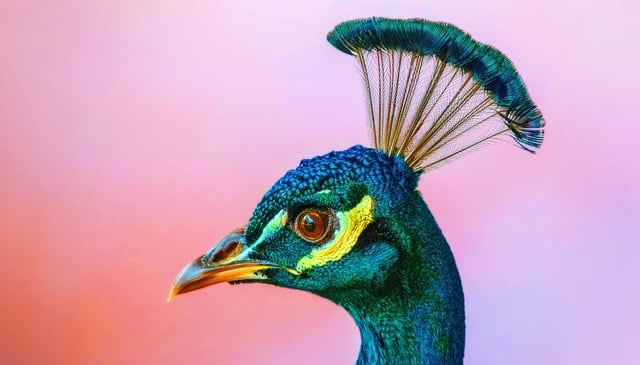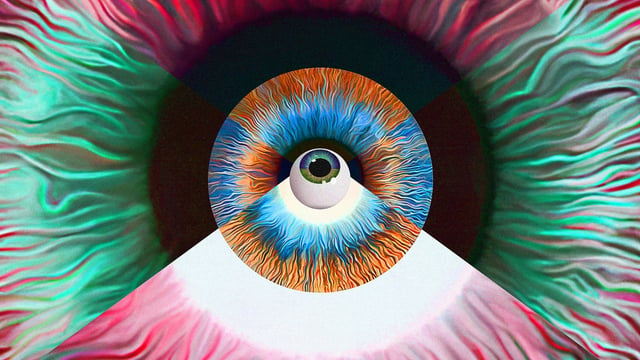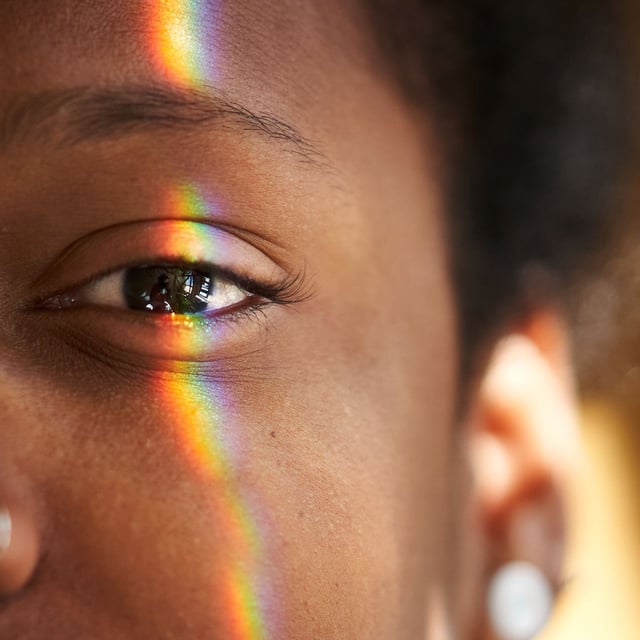Overview
- The Oz system uses adaptive optics and laser precision to stimulate M-cones in the human retina, producing a novel color named 'Olo.'
- Study participants described Olo as a hyper-saturated blue-green hue, unlike any color previously perceived within the human visual spectrum.
- The effect is temporary, visible only during laser stimulation in a peripheral, fingernail-sized area of the retina.
- The research, published in *Science Advances*, involved scientists from UC Berkeley and the University of Washington, marking a breakthrough in vision science.
- Future applications may include therapies for color blindness and vision augmentation, though the technology remains limited by high costs and technical constraints.



